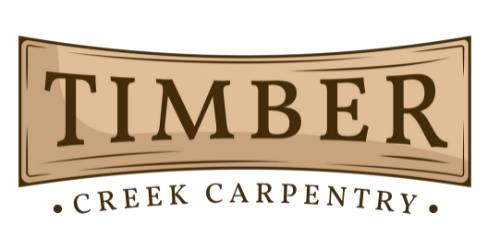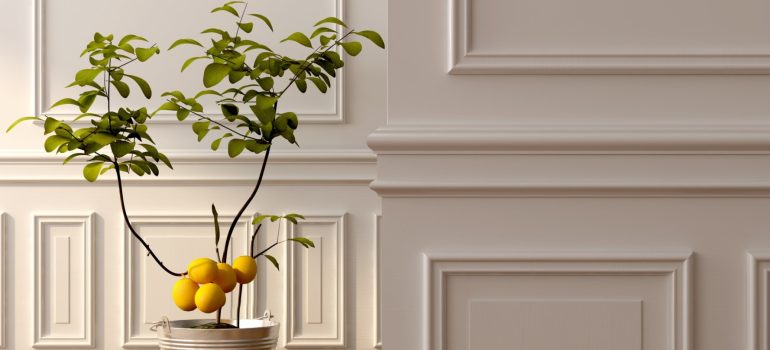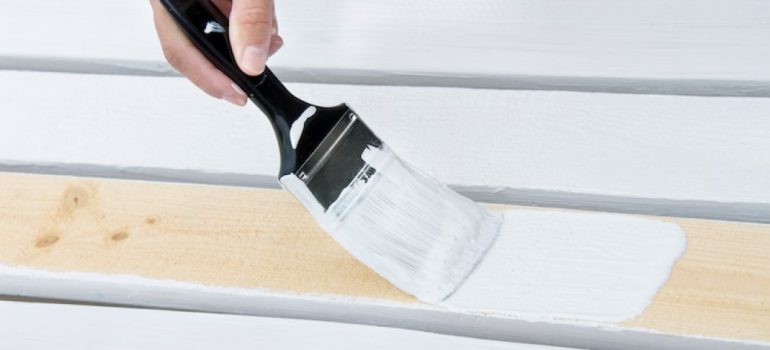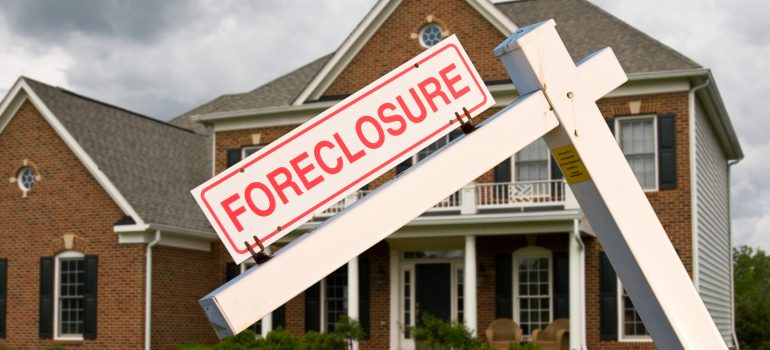March 1, 2025
Why Install Wood Molding in a Home?
Wood moulding is more than just a decorative feature—it adds character, elegance, and value to a home. Here are the top reasons homeowners should consider installing wood moulding:
Enhances Aesthetic Appeal
-
-
- Adds Architectural Interest – Wood moulding creates a polished and refined look, making rooms feel complete.
- Timeless Elegance – From classic crown moulding to modern trim, woodwork enhances any home style.
- Defines Spaces – Helps frame doors, windows, and walls, making interiors feel more structured and elegant.
-
Increases Home Value
-
-
- Boosts Resale Appeal – High-end trim work can impress potential buyers, making a home look well-crafted and custom.
- Adds Perceived Luxury – Custom moulding is associated with fine craftsmanship and upscale homes.
-
Covers Imperfections
-
-
- Hides Gaps & Flaws – Covers uneven wall-to-ceiling transitions, framing inconsistencies, and old paint lines.
- Creates a Clean, Finished Look – Moulding can smooth out visual imperfections in older homes.
-
Improves Room Proportions
-
-
- Creates Height Illusion – Tall crown moulding can make ceilings appear higher, adding grandeur.
- Balances Large Spaces – Chair rails and wainscoting add detail to big walls, preventing them from feeling empty.
-
Adds Warmth & Character
-
-
- Wood’s Natural Beauty – Stained or painted wood moulding adds warmth and personality to a home.
- Customization – Homeowners can choose from various profiles, sizes, and finishes to match their style.
-
Popular Types of Wood Moulding for Homes:
✔ Crown Moulding – Enhances ceilings and adds luxury.
✔ Baseboards – Provides a clean, polished transition between walls and floors.
✔ Wainscoting & Chair Rails – Adds texture and detail to walls.
✔ Door & Window Casings – Frames openings beautifully.
✔ Custom Built-ins & Coffered Ceilings – Elevates a home’s sophistication.





